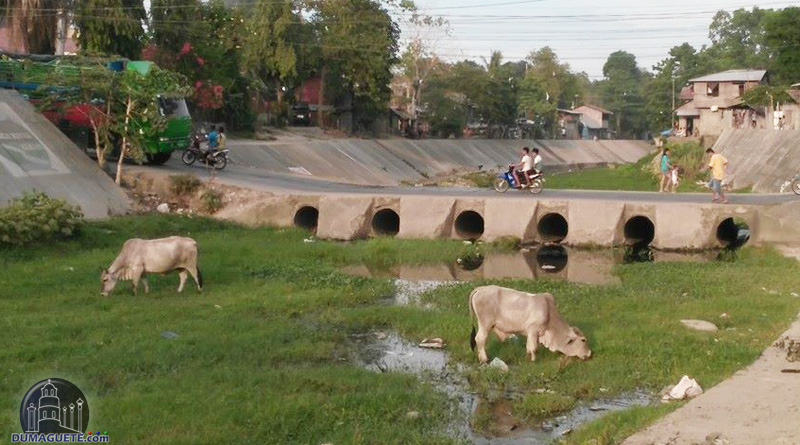Weak La Niña in September Expected
A weak La Niña is expected starting next month until the early month of 2017. This was announced by Negros Oriental PAG-ASA Chief Neptune Catarata in a recent Kapihan sa PIA on “Disaster Preparedness vs. La Niña Phenomenon.” However, the public should remain vigilant and prepare especially in flood-prone areas.
Adrian Sedillo, Executive Director of Provincial Disaster Risk Reduction Management Council (PDRRMC), encouraged the public and the community to share responsibilities in disaster-preparedness. He added that it is PDRRMC’s task to develop policies on disaster management and the public to give its full support and cooperation during disasters to ensure the safety of everybody and to prevent loss to life and property. He again emphasized the four important thematic areas of disaster management: prevention and mitigation, preparedness, response and rehabilitation.
He further recommended to officials, especially in barangays that were badly hit by previous disasters, to hold disaster drills and orientation-seminars with the Philippine Institute of Volcanology and Seismology (PHIVOLCs), Philippine Atmospheric, Geophysical and Astronomical Services Administration (PAG-ASA), Bureau of Fire Protection (BFP), Philippine Army (PA), Department of Science and Technology (DOST), and PDRRMC.
Cleaning out Banica River
City Disaster Risk Reduction Management Council (CDRRMC) head Engineer Jose Chiu informed the public that their campaign on information, education and communication are focused at the grassroots level to cover all sectors in disaster management. Some of their on-going mitigating measures are dredging of Banica River, construction of flood control dikes and cleaning and expanding drainage canals. Dumaguete City is the catch basin of heavy rainflow from the mountains of Valencia, Negros Oriental. Chiu is also encouraging the youth to participate in trainings and simulations on disaster preparedness, to learn it by heart and practice what they learned.
On food security during calamities, Bernard Limbaga of the Department of Agriculture gave the assurance that the agency is prepared and there is enough budget for buffer stock of rice. The climate field school was able to conduct training to farmers where they were taught how to adjust their cropping pattern depending on climate situation, how to determine wind velocity, rainfall, humidity, soil moisture and temperature for their 10-year cropping calendar for drought tolerant varieties during El Niño and submerged line varieties during La Niña.



Leave a Reply
Want to join the discussion?Feel free to contribute!